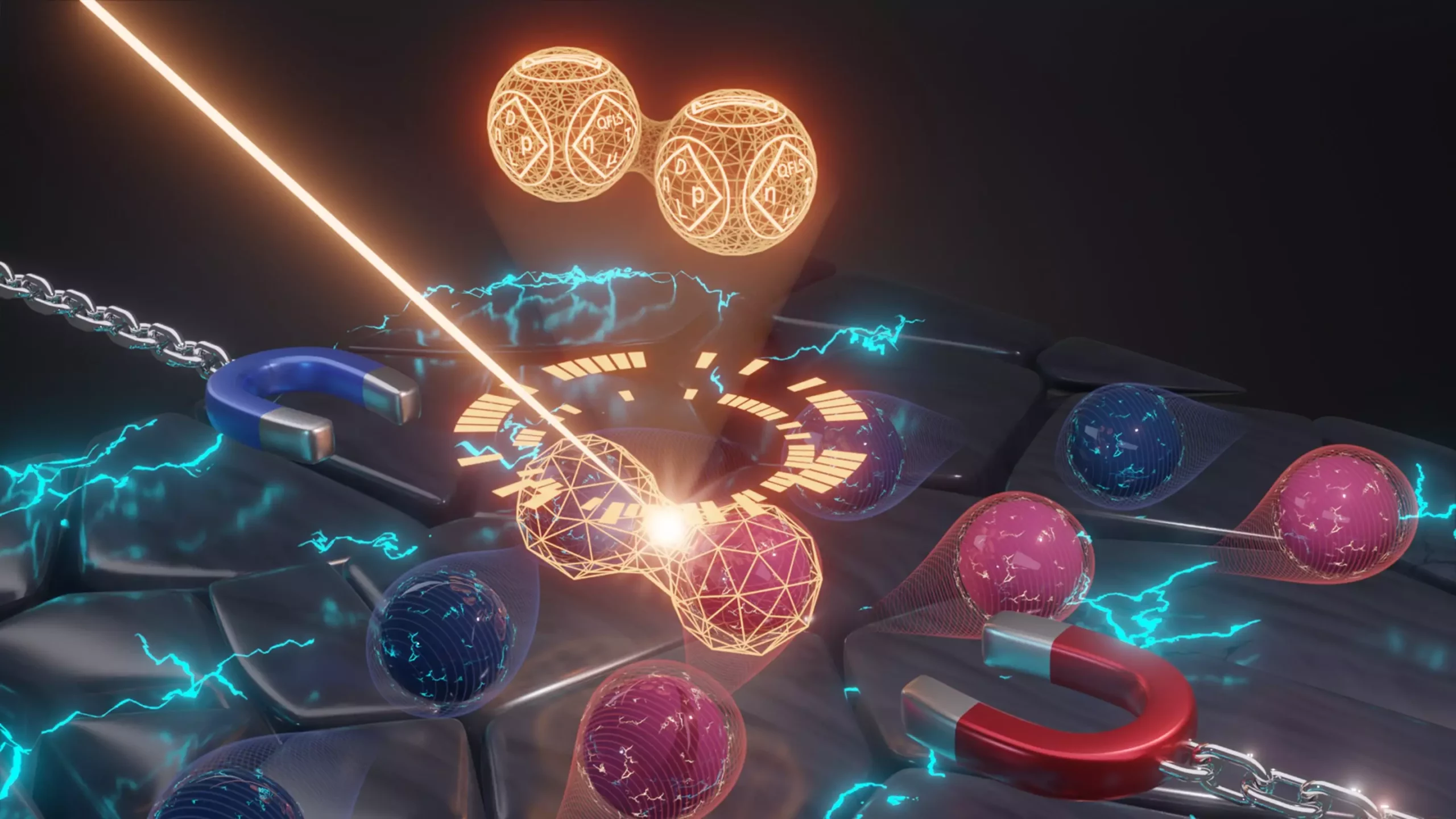Semiconductor materials play a crucial role in various optoelectronic applications such as solar cells, transistors, detectors, sensors, and LEDs. Understanding the transport properties of both negative and positive charge carriers in semiconductors is essential for the efficient performance of these devices. Traditionally, determining these properties required separate measurements for each type of charge carrier, leading to time-consuming processes. However, a new method known as the Constant Light-Induced Magneto-Transport (CLIMAT) developed by an HZB physicist, Dr. Artem Musiienko, promises to revolutionize the characterization of semiconductors by enabling the comprehensive assessment of 14 different parameters in a single measurement.
The CLIMAT method is based on the Hall effect and utilizes a combination of a magnetic field and a constant light source to characterize the transport properties of semiconductor materials. By applying a magnetic field vertically through the sample, the charge carriers are separated, allowing them to move along an electric field. The Hall effect causes the charge carriers to be deflected by the magnetic field, revealing valuable information about their mass, mobility, and other properties. This innovative approach enables the simultaneous measurement of 14 parameters associated with both negative and positive charge carriers, eliminating the need for separate measurements and significantly reducing the time required for characterization.
One of the primary advantages of the CLIMAT method is its ability to provide a comprehensive insight into the complex mechanisms of charge transport in semiconductor materials. By capturing crucial data on both types of charge carriers in a single measurement, researchers can quickly evaluate the suitability of new semiconductor materials for various applications, such as solar cells. The efficiency of the CLIMAT method was demonstrated through the characterization of twelve diverse semiconductor materials, including silicon, halide perovskite films, organic semiconductors, semi-insulators, self-assembled monolayers, and nanoparticles.
Recognition and Future Implications
Independent experts, including Prof Vitaly Podzorov from Rutgers University, have recognized the groundbreaking nature of the CLIMAT method, awarding it high praise and accolades in prestigious scientific publications. The streamlined approach offered by CLIMAT eliminates the need for multiple measurements, saving valuable time and resources in the characterization process. With the approval for patenting by the European Patent Office, the CLIMAT method is set to pave the way for a new era in semiconductor characterization. Discussions are underway with potential partners for the licensing of the method, with the goal of developing a compact measuring device that could revolutionize the field.
The CLIMAT method represents a significant advancement in the characterization of semiconductor materials, offering a faster, more efficient, and comprehensive approach to assessing the transport properties of charge carriers. With its potential to expedite the evaluation of new semiconductor materials for various applications, CLIMAT holds promise for driving innovation in the field of optoelectronics and beyond.


Leave a Reply